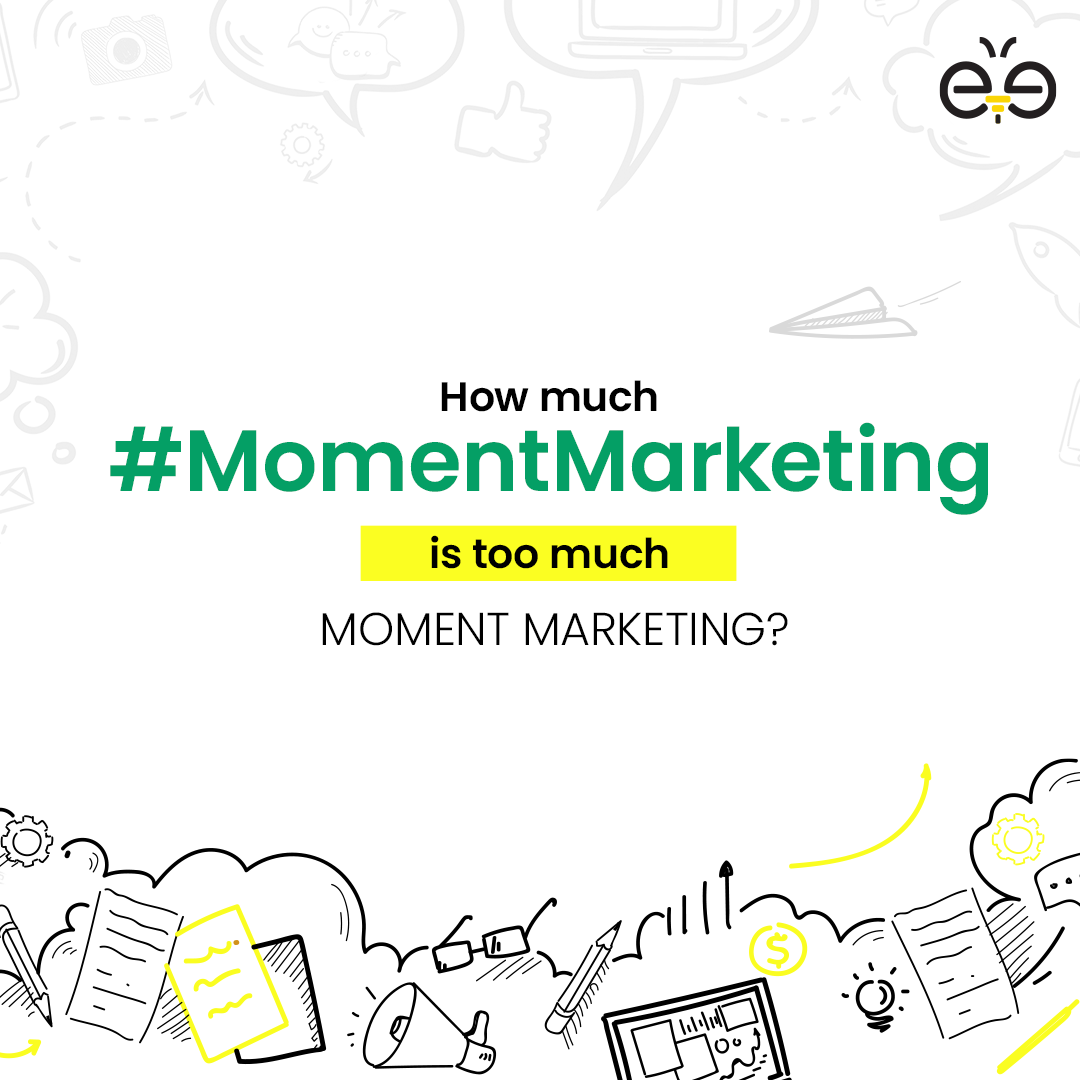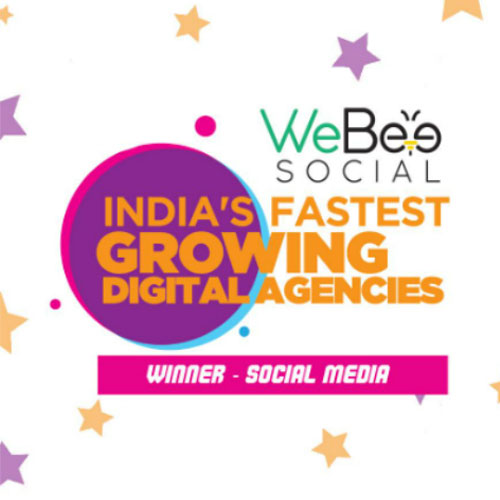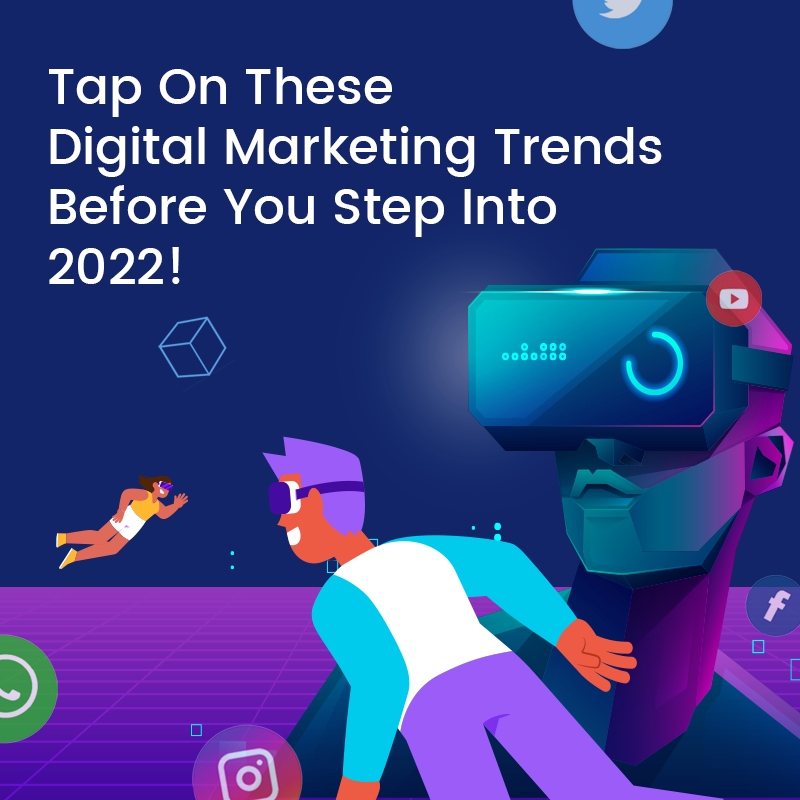

Top 4 Influencer marketing trends that will rule 2017
One of the major problems that brands and businesses have to face in 2017 is the challenge of reaching out to maximum number of people through cost effective methods. The problem is that social media channels like Facbebook, Instagram etc. have reduced the organic reach to such a small amount that brands have to spend more in paid advertising and the drive to build an online decreases significantly.
So if organic reach is dying and brands want to look at something other then paid ads then whom should they call to save the day? The answer is influencer marketing. By tying up with influencers brands can create content which is genuine and will be heard by the online audiences. The best part is it is measurable and you can always check where each penny goes and what it gets.
Keeping this in mind, we are sharing with you Top 4 influencer marketing trends that will rule 2017:
1. Influencer activities will be measured with better efficiency
With the advent of social media analytical tools and their data mining capabilities, we will see the rise of many tools/vendors that help measure the efforts done by influencers on online channels. Big data, predictive analytics and technology will help brands understand the impressions, engagement, share of voice and sentiments in detail. This also opens door to understand what users are talking about the brand and their competitors and business can make marketing decisions based upon it.
For example, this here is a tool introduced by one of webeesocial’s vendors which helps measure the results of influencer programs and lets us know how our campaigns have fared.
2. Super Influencer deals will become challenging for brands
Since their fame is sky rocketing, influencers have become more complex and their demands and offers are equivalent to sports or entertainment celebrities (Not that it’s wrong). Dealing with these influencers who have gotten a sudden burst of popularity and themselves are trying to handle it will become difficult for brands. Businesses will have to work on deals which include a strategy for supporting earned media, creative positive sentiment across channels, appearances for events etc. These deals will have to be worked upon alignments and exposure rather then quantity of tweets or posts.
Also one thing which does not get spoken about much is the ownership of content. Copyright laws in India are vague and brands really need to work on taking consents from the artists or influencers before getting content created for themselves. Hence brands will have to chalk out a strategy keeping return on investment as prime focus and parallely weighing the total cost of talent, production and promotion against specific deliverables including total engagement, conversation volume and conversion.
3. Micro influencers will be crucial for engaging audiences
Micro-influencers are the new wave of social media influencers who generally have 1,000 to 100,000 followers. Their engagement is higher and they are popular in a particular category. Their followers look up to them for daily snacking of content from their interest areas and these influencers become a part of their daily content consumption. Brands need to identify these influencers and build a network of them so so that they help build brand advocacy even when there are no promotions going on.
4. Influencers will become or make their own brands


Image source
Do checkout : The 2017 Social Media Image Sizes Cheat Sheet
WeBeeSocial is a full service creative digital marketing agency in New Delhi India. Our In-house Social Media team can help you identify the correct influencers, optimize your social media channels and design the best ads & social media campaigns. Feel free to connect with us to inquire more about our services here.





